4.9.2025
If you taste a Bergamot, be ready to travel through the mistery of the Greek Calabria, land of myth, isolated, wild, rural.
Inside the scent of this wonderful fruit you will find the hospitable and spiritual. The scent of a Greek landscape, in food, in religious traditions, in craftsmanship, in idioms: remember that between the Aspromonte and the Ionian, many elders still speak the language of Homer!
They will say to you:
“In the heart of Calabria, between sun-kissed hills and sea, grows the Bergamot of Reggio—a rare and precious fruit that tells the story of an authentic land.”
“Its unique fragrance, cherished around the world, embodies the essence of a place rich in millennia-old traditions and a genuine way of life.”
“Here, not only does bergamot thrive—an entire village comes to life. Strolling through its ancient alleys, breathing in the scent of citrus groves, means rediscovering an authentic rhythm of life.”
“Today, you can take home not just the taste of bergamot, but also the unique experience of this territory. Explore real estate opportunities in the village: a home among citrus groves, an authentic retreat in a land perfumed with bergamot.”

“Come visit our bergamot groves, taste the essence of Calabria, and let yourself be captivated by the idea of living here…”
IF NOW YOU ARE INTERESTED TO BUY A PROPERTY, WHERE BERGAMOT GROWS, click on the following picture and contact our no profit entity, IN PARTNERSHIP WITH US, which promotes the culture of repopulating abandoned villages in Calabria: APS COMUNITA’ BENEDICT…www.aps-benedict.org

This fruit grows in the Grecanic area (which preserves deep Byzantine traces), from Pentedattilo to Bova, passing through Amendolea, Gallicianò, Roghudi, Chorìo, Roccaforte, Condofuri, Palizzi, Staiti, Sant’Agata del Bianco, Brancaleone, up to Africo, where the stranger is still a deity.
Our producers lives in the area of the urban archaeological park of Brancaleone Vetus (“ancient”), which looks down on the so called “Valley of Armenians” and its villages.

The gaze ranges from new Africo to the marina of Bruzzano, not only on bergamot plantations, but also on ancient vines and ancient olive trees.
The native goats, balanced on the steep walls of the mountains, among small groups of abandoned houses, have a prehistoric beauty.
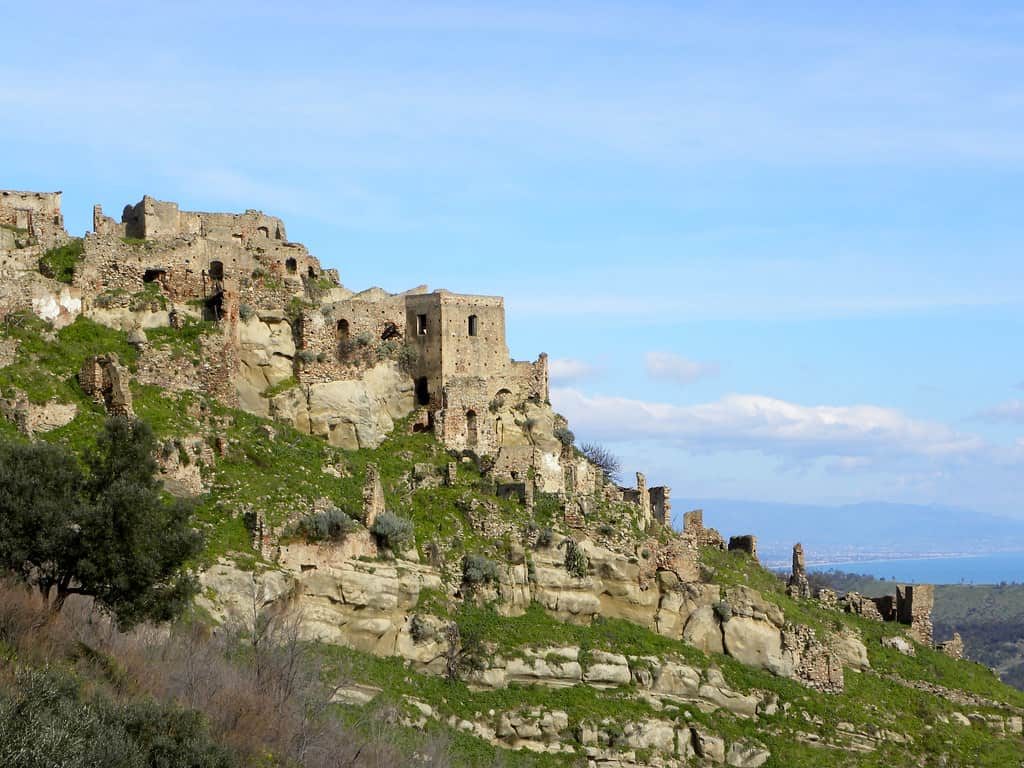
THE SEA OF CORRADO ALVARO
The sea, in front of the land of bergamot, is like you’ve never seen it before. Needless to say that it is Caribbean: in the Greek navies of Calabria “the deserted sea lays like a child’s painting on the arc-shaped, white and solitary coast“, wrote Corrado Alvaro, a famous writer native of San Luca.

On the sandy beach, from Melito to Brancaleone, it will be easy to follow the turtle hatching: the environmentalists of the Caretta turtle Calabria Conservation association will guide you in the exploration.
This way your journey in Calabria, through the scent of bergamot, will become also a real experience of the richness of sea and a chance to learn new things.
Overall, you will find inside this sensorial experience, also the reminiscence of the museum of the Greek-Calabrian language of Bova, so named after the German linguist Gerhard Rohlfs.
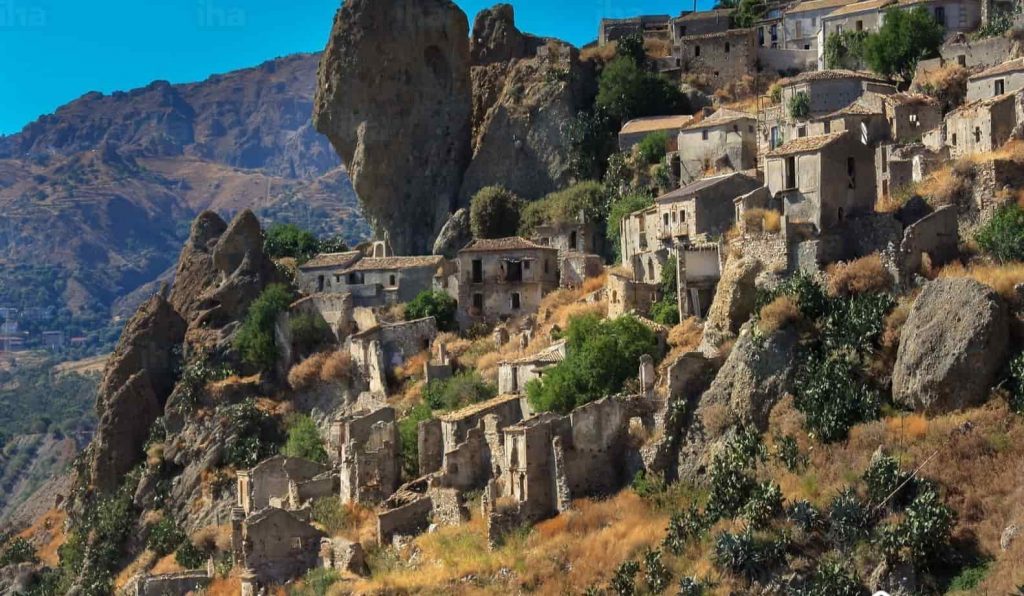
He was the first to support the origin from Magna Graecia of the spoken language still living in the Hellenophonic villages and in the most inaccessible slopes of the southern Aspromonte.

The Greek Calabria is “like a relic” of 2500 years ago.

Local Shepherds are as repositories of secrets and ancient knowledge. For example, the music and the tarantellas “remember the sacred dances of the Greeks”.
This is the reason why the nuance of the green fruit of bergamot takes you directly in the land of the village of Pentedattilo, a small village which was recovered (this is a few houses perched on a rock that stands out like a giant hand)…You will discover, incidentally, that its name is the same greek word for a hand with five fingers!

Now Pentadattilo backs to life thanks to the commitment of the Pro Pentedattilo association.
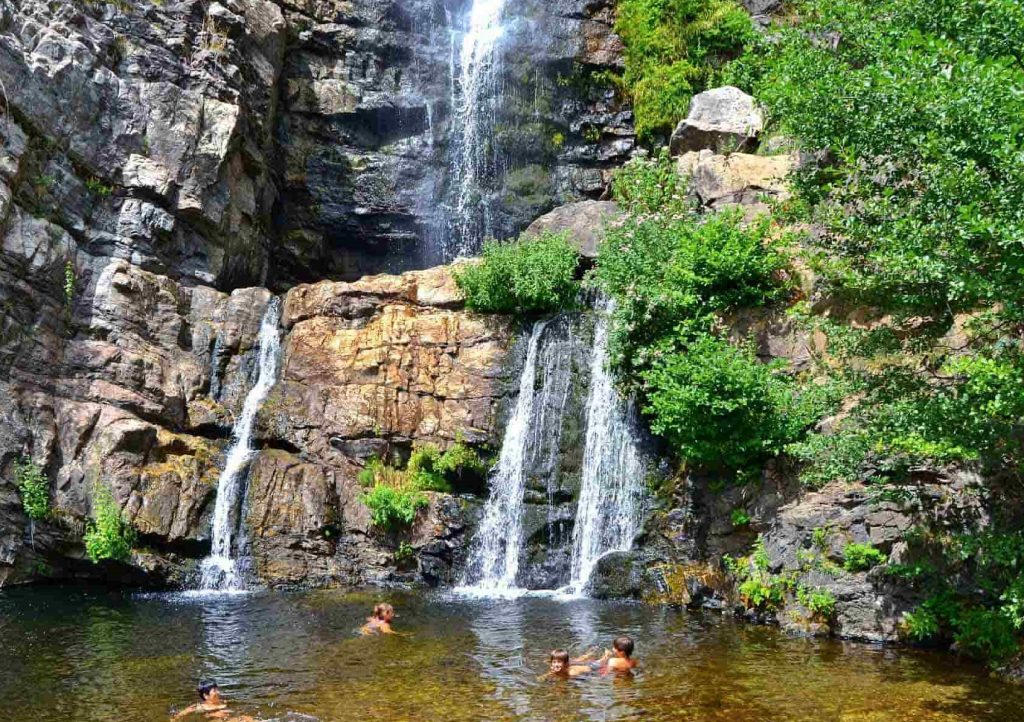
Now there is a bar, shops, a hostel and a popular hotel. Every year the Pentedattilo film fest brings international cinema operators to the scene. And many fans: usually from 26 to 31 August. And here, you will find in every bar a very tasteful juice of bergamot!

WHERE STAY / LOCAL ARTISANS
You sleep in characteristic B&Bs or in hotel houses. Hospitality is often managed by local cooperatives.
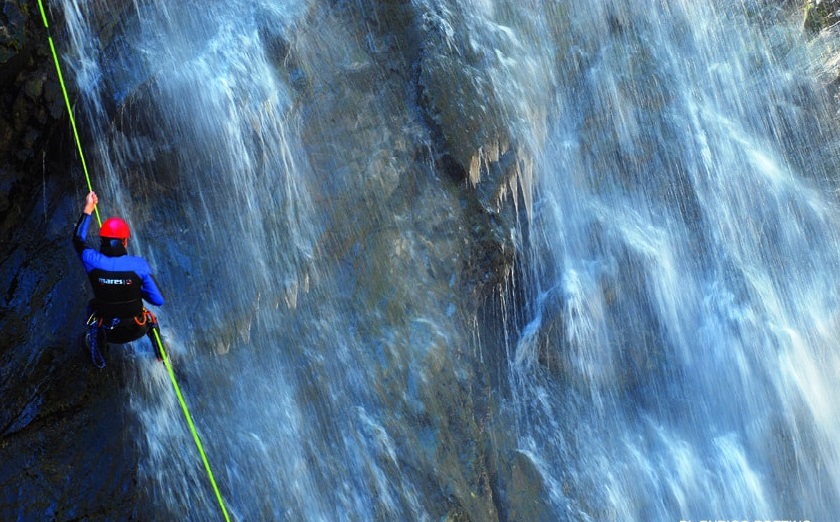
The flavors of the kitchen and of bergamot awaken pastoral memories. And only in Bova it is possible to choose between seven restaurants, which offers bergamot flavored dishes. Organic is a fact.
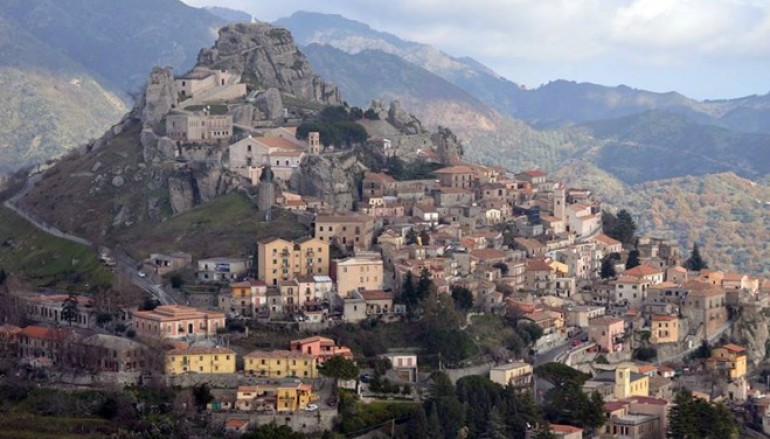
Further, here you will find the wooden or terracotta souvenirs, which are of fine craftsmanship, called the “pinakes“, the votive tablets that the Greeks printed in honor of Demetra, or the “musulupare“, carved wooden containers, with anthropomorphic forms, to shape the cheese.

Artisans made them in Melito, near Condofuri.
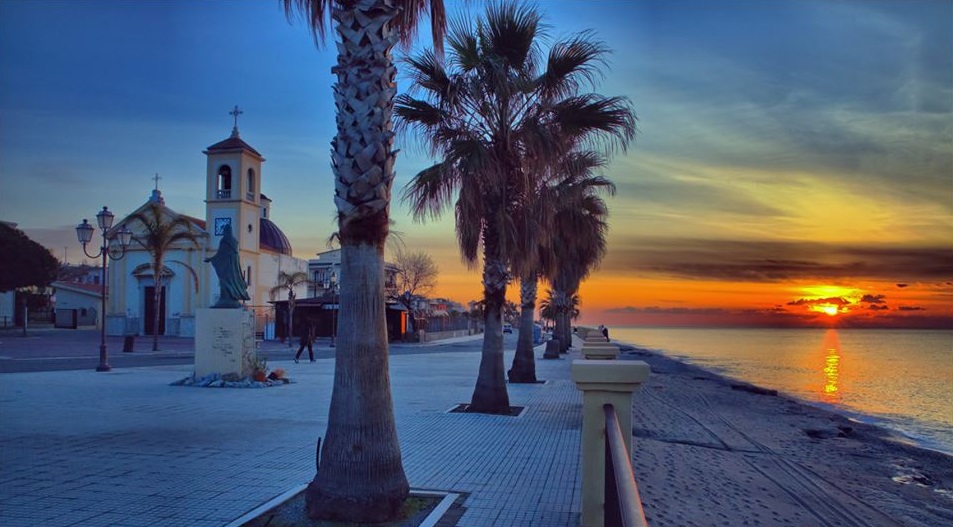
Along with collars for goats, bagpipes and old tools that are real pieces of art. Other local artists create delicious Greek madonnas with cherry, olive, medlar and chestnut branches.
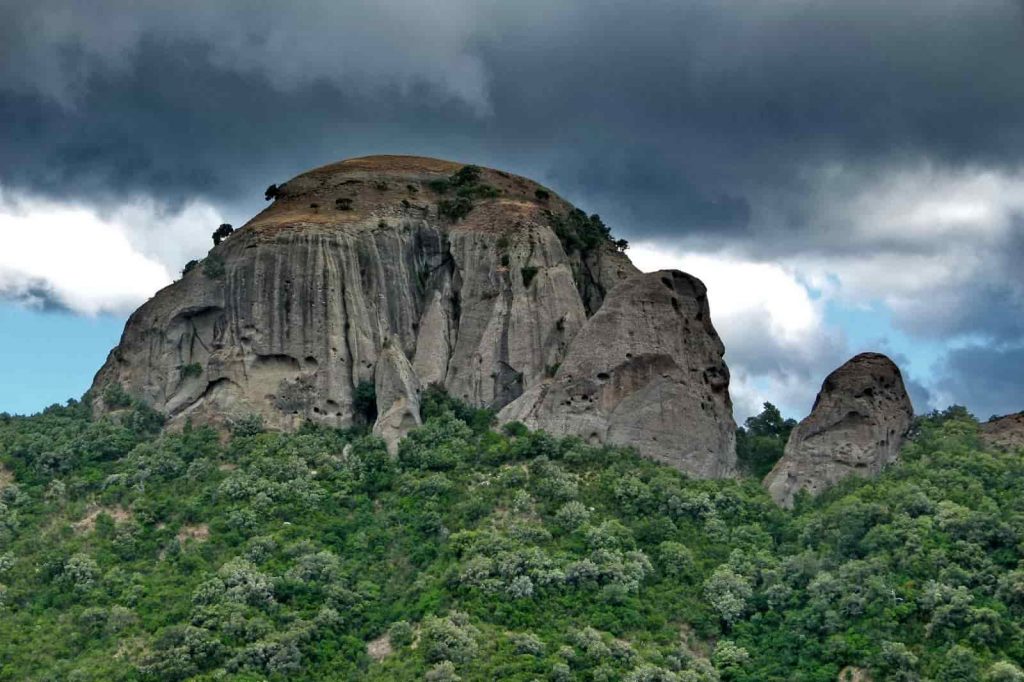
The ceramists elaborate Greekism in a contemporary key.

In their workshops on the outskirts of Reggio Calabria they mold enchanting artifacts that tell stories and myths of the Grecanic area, and of bergamot.

The designers in their small workshops in Delianuova (on the slopes of Aspromonte) realizes bijoux for high fashion with what nature offers: berries, leaves, pine cones, woods sea urchins, shells, starfish.

Also bergamots, citrus fruits, vine shoots, crystallized bread, hemp and hard stones. Land and sea become catwalk jewelry.

Conclusively: “The unique fragrance of Bergamot is born here, in Calabria, among citrus groves overlooking the sea and hills rich in history.
This precious fruit is the symbol of an authentic and unparalleled territory.
But there’s more than just bergamot here: there’s a vibrant village that welcomes and offers the chance to make a dream come true.
Imagine a home surrounded by greenery, immersed in tradition, nature, and unique flavors.
Today, you can take home not just bergamot, but also a piece of Calabria.
Visit our bergamot groves and let yourself be captivated by the real estate opportunities in the village. The future smells of authenticity!”
IF NOW YOU ARE INTERESTED TO VISIT THE LAND, WHERE BERGAMOT GROWS, click on the following picture and contact our trusted hospitality, IN PARTNERSHIP WITH US, which promotes the tourism in the old fashioned villages in Calabria: VILLA TIGANI...www.villatigani.com/

calabria
Esplora una regione bagnata da due mari e coperta di boschi di pini, misteriosi paesi, habitat naturali, biodiversità, enogastronomia. Programma una visita turistica presso l’operatore di fiducia, VILLA TIGANI, Davoli
REMEMBER THE ELDERS MOTTO:
“Where bergamot is born, the soul of Calabria lives.”
“The scent of a fruit, the story of a land.”
“Bergamot: the essence that tells our territory’s tale.”
IF NOW YOU ARE INTERESTED TO BUY A PROPERTY, WHERE BERGAMOT GROWS, click on the following picture and contact our no profit entity, IN PARTNERSHIP WITH US, which promotes the culture of repopulating abandoned villages in Calabria: APS COMUNITA’ BENEDICT...www.aps-benedict.org

THEY ALSO SAY: TASTE AND VISIT THE VILLAGE AND THE HOMES…
“Not just bergamot: a village to live in, a home to love.”
“A unique fruit, an authentic village, a secure investment.”
“Live where bergamot grows.”
“Take home the bergamot, discover the village, experience Calabria.”
“From fruit to home: the scent of bergamot guides you to the village.”
“Invest in authenticity: bergamot, land, and tradition.”



